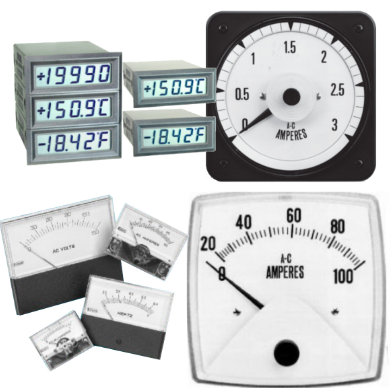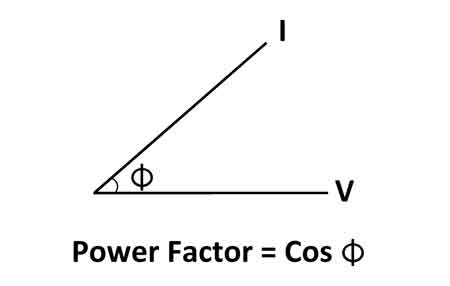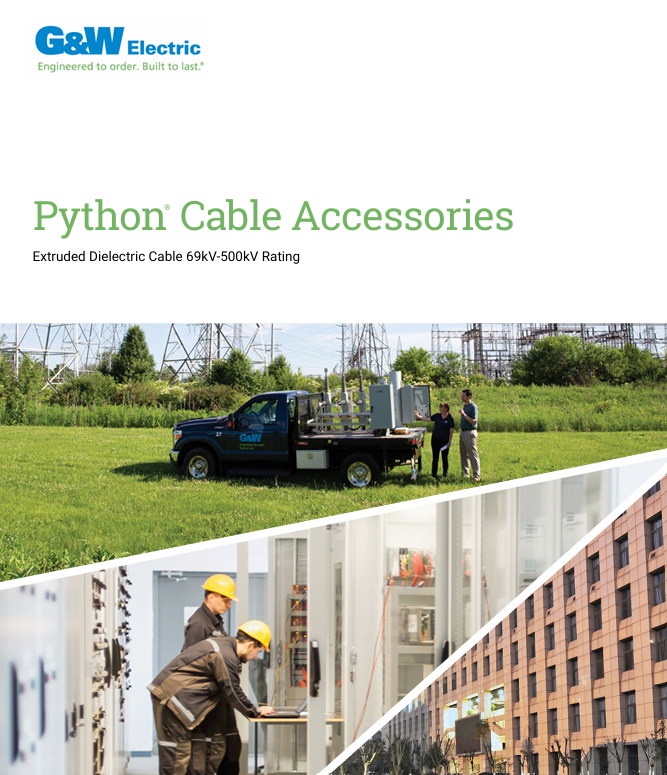Typical Transformer Sizes
By R.W. Hurst, Editor
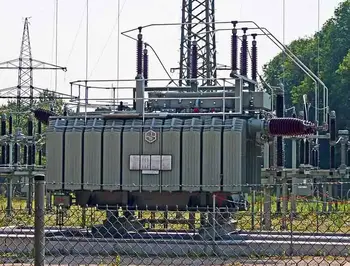
Power Transformer Maintenance Training
Our customized live online or in‑person group training can be delivered to your staff at your location.

- Live Online
- 12 hours Instructor-led
- Group Training Available
Download Our OSHA 4475 Fact Sheet – Being Aware of Arc Flash Hazards
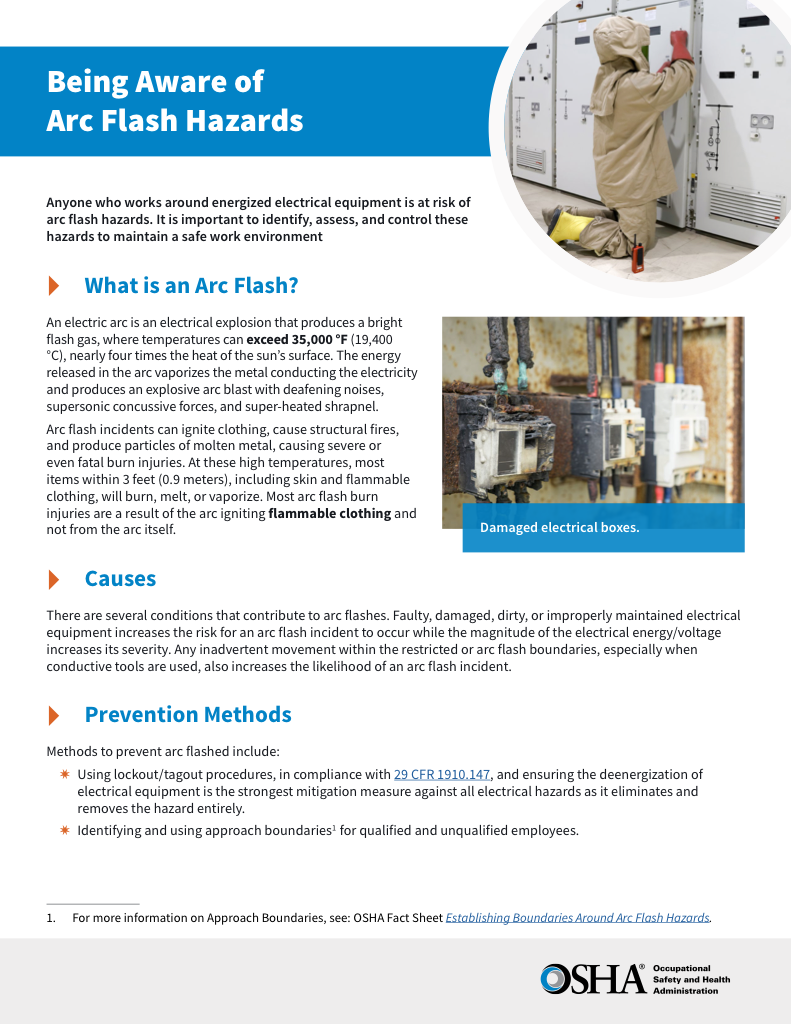
- Identify root causes of arc flash incidents and contributing conditions
- Apply prevention strategies including LOTO, PPE, and testing protocols
- Understand OSHA requirements for training and equipment maintenance
Typical transformer sizes span common kVA ratings, voltage classes, and single/three-phase units for distribution, industrial, and substation use, covering step-down power transformers from small residential loads to large utility applications.
What Are Typical Transformer Sizes?
Typical transformer sizes range from small 5–25 kVA units to multi-MVA power transformers by voltage and phase.
✅ Common ratings: 5, 10, 25, 50, 75, 100, 250, 500 kVA
✅ Voltage classes: 120/240 V, 4.16 kV, 13.8 kV, 33 kV, 69 kV+
✅ Configurations: single-phase pad-mount; three-phase dry-type; oil-filled
Typical Transformer Sizes: A Guide to Selecting the Right Powerhouse for Your Needs
Transformers are the unsung heroes of electrical power systems, quietly working to step up or step down voltages, ensuring the safe and efficient delivery of electricity to homes, businesses, and industries. However, the wide range of available sizes and configurations can be daunting for those unfamiliar with the technical details. This article will provide a comprehensive overview of typical transformer sizes, highlighting key factors to consider when choosing the right one for your specific application.
Understanding Transformer Sizes: kVA Ratings and Voltage Levels
The size of a transformer is primarily determined by its power rating, expressed in kilovolt-amperes (kVA). This rating represents the apparent power that the transformer can handle, considering both the voltage and current flowing through it. The kVA rating is crucial in determining the transformer's capacity to meet the electrical load demands of a particular installation. For quick verification of ratings and impedance on installed units, consult the transformer nameplate guide to interpret labels accurately.
Another essential factor in transformer sizing is the voltage level. Transformers are designed to operate at specific voltage levels, both on the primary (input) and secondary (output) sides. The voltage rating must be carefully matched to the requirements of the electrical system it serves. In distribution networks, selecting a medium-voltage transformer with appropriate BIL and tap settings helps ensure compatibility with upstream protection.
Electricity Today T&D Magazine Subscribe for FREE

- Timely insights from industry experts
- Practical solutions T&D engineers
- Free access to every issue
Standard Sizes for Single-Phase and Three-Phase Transformers
Transformer sizes are standardized to some extent, although the specific range can vary depending on the manufacturer and intended application.
Standard transformer sizes differ for single-phase and three-phase configurations:
- Single-Phase Transformers: These are commonly used in residential and light commercial applications. Standard sizes for single-phase transformers include 15 kVA, 25 kVA, 50 kVA, and 100 kVA. They are designed to handle the power needs of homes and small businesses.
- Three-Phase Transformers: Used in industrial and large commercial applications, three-phase transformers come in sizes such as 150 kVA, 300 kVA, 500 kVA, 750 kVA, and up to 5000 kVA. These transformers can handle more substantial electrical loads and are essential for high voltage and medium voltage power systems.
If you need a refresher on how multi-phase systems share load and reduce conductor size, this three-phase transformer primer explains the fundamentals in practical terms.
For single-phase transformers, commonly used in residential and light commercial settings, standard kVA ratings often include 1, 2, 3, 5, 7.5, 10, 15, 25, 37.5, 50, 75, and 100 kVA. Larger sizes, such as 167 kVA, 250 kVA, or even higher, are also available for specific applications.
Three-phase transformers, commonly used in industrial and commercial settings, typically have higher kVA ratings. Standard sizes might include 9, 15, 30, 45, 75, 112.5, 150, 225, 300, 500, 750, and 1000 kVA or even larger, depending on the specific needs.
Pad-Mounted Transformers: Standard Sizes for Residential and Commercial Use
Pad-mounted transformers are commonly used in residential and commercial areas, typically installed on concrete pads for outdoor use. These units often have standard sizes ranging from 15 kVA to 500 kVA. However, some manufacturers may offer higher ratings, such as 750 kVA or 1000 kVA, for larger installations. When service requires multi-load feeds, a 3-phase pad-mounted transformer can provide loop-feed flexibility for neighborhood or campus installations.
Determining the Correct Transformer Size for Your Application
Selecting the appropriate transformer size involves carefully assessing the electrical load requirements of your specific application. For residential and small commercial installations, a qualified electrician can typically determine the appropriate size based on the electrical service requirements of the building.
For industrial applications, the process may be more complex and require the expertise of an electrical engineer. Factors such as the total connected load, peak demand, future expansion plans, ambient temperature, altitude, and the presence of harmonics must be considered to ensure the selected transformer can reliably handle the load under various operating conditions.
Determining the correct transformer size involves several factors:
- Load Calculation: Assess the total load (in kVA) that the transformer will need to support. This includes considering both continuous and peak loads.
- Input Voltage and Output Voltage: Determine the required input voltage and output voltage levels. The transformer must match these voltage levels to ensure efficient operation.
- Application Type: Consider whether the application is residential, commercial, or industrial. This will influence the required power rating and phase configuration.
- Future Expansion: Account for potential future load increases. Selecting a slightly higher kVA rating can provide room for growth without the need for immediate upgrades.
To estimate kVA and current quickly during preliminary design, use the transformer calculator to cross-check your manual calculations.
Are There Standard Sizes for Pad-Mounted Transformers Used in Residential and Commercial Settings?
Yes, there are standard sizes for pad-mounted transformers, which are commonly used in residential and commercial settings:
- Residential Settings: Standard sizes for residential pad-mounted transformers include 15 kVA, 25 kVA, and 50 kVA. These transformers are designed to handle the electrical loads of homes and small residential complexes.
- Commercial Settings: For commercial applications, standard pad-mounted transformer sizes include 75 kVA, 150 kVA, 300 kVA, and 500 kVA. These transformers support the higher power demands of commercial buildings and facilities.
For installation features, safety clearances, and enclosure types, see this pad-mounted transformer overview for additional context.
Sign Up for Electricity Forum’s Utility Transformers Newsletter
Stay informed with our FREE Utility Transformers Newsletter — get the latest news, breakthrough technologies, and expert insights, delivered straight to your inbox.
What Factors Should I Consider When Selecting a Transformer Size for Industrial Applications?
When selecting a transformer size for industrial applications, several factors should be considered:
- Power Rating: The transformer must have a high enough power rating to handle the industrial load, which can be substantial. Common sizes for industrial transformers include 750 kVA, 1000 kVA, and 5000 kVA.
- Voltage Levels: Ensure the transformer can handle the high input voltage typical of industrial power systems and deliver the required output voltage.
- Load Characteristics: Consider the type of load (e.g., motor loads, lighting, HVAC systems) and any specific requirements such as inrush currents or harmonics.
- Environmental Conditions: Industrial settings may have harsh environments, so the transformer should be robust and designed for high-quality performance under these conditions.
- Efficiency and Losses: High efficiency is crucial in industrial applications to minimize energy losses and operational costs.
Finding Information on Transformer Sizes and Specifications
Information about specific transformer sizes and specifications can be obtained from various sources. Manufacturer catalogs and datasheets provide detailed technical information on their product offerings. Electrical engineering handbooks and online resources can also offer valuable guidance on transformer sizing. Additionally, consulting with electrical engineers or transformer specialists can provide expert advice tailored to your specific needs. For deeper background on how core design, losses, and cooling classes influence size, explore power transformers explained to strengthen specification decisions.
Choosing the right transformer size is crucial for ensuring the safe, reliable, and efficient operation of your electrical system. By understanding the factors involved and seeking out reliable information, you can confidently select a transformer that meets your requirements and delivers high-quality performance for years to come.








